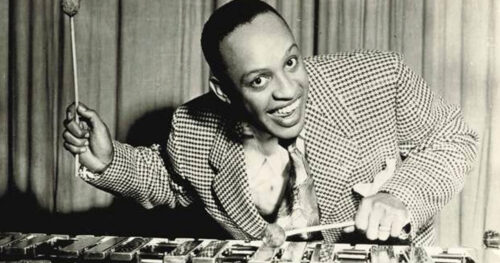The History of Jazz Vibes

Jazz has always been about innovation, rhythm, and emotion. Over its rich history, numerous instruments have found their unique voices within the genre. One such instrument, often overlooked, is the vibraphone, a mallet instrument that creates a soft, mellow, and resonant sound. Today, we explore its distinctive place in jazz.
The vibraphone, or “vibes” as it is commonly referred to, first appeared in the early 20th century. It was initially used in vaudeville music but found its way into jazz around the 1930s, adding a new textural layer to the jazz soundscape. The early adoption of the vibraphone in jazz is often credited to musicians like Lionel Hampton and Red Norvo. Hampton, in particular, was known for his energetic performances and his ability to integrate the vibes seamlessly with big band arrangements. With the advent of bebop in the 1940s and 1950s, the vibraphone found new champions. Milt Jackson, a member of the Modern Jazz Quartet, is often cited as a key figure in bringing the vibes into the bebop era. His approach to the instrument, characterized by bluesy lines and sophisticated harmonies, had a profound influence on future generations of vibraphonists.
Today, the jazz vibraphone continues to evolve, with players like Gary Burton and our upcoming performer, Warren Wolf, pushing its boundaries. Burton, a multiple Grammy Award-winning artist, is celebrated for his innovative four-mallet technique, while Wolf is known for his dexterity and ability to incorporate a range of musical styles into his playing.
With its shimmering sound and versatile range, the vibraphone brings a unique flavor to jazz that cannot be replaced. Its evolution within the genre reflects jazz’s ever-changing nature, a testament to the musicians who continually seek new means of expression. Join us at The JAZZ ROOM this July 21st and 22nd as we celebrate the history of jazz vibes with the brilliant Warren Wolf!
Get tickets to Warren Wolf Plays the History of Jazz Vibes